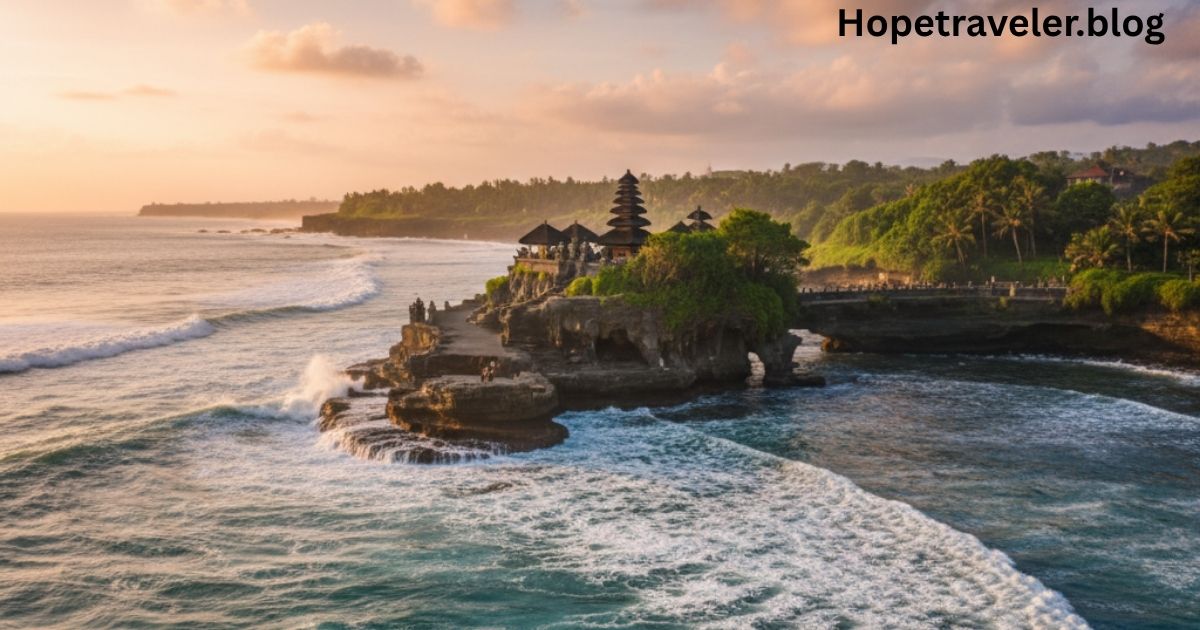Introduction
Bali, often referred to as the Island of the Gods, is famous for its stunning beaches, vibrant culture, and spiritual atmosphere. One of the most fascinating aspects of Balinese culture is its deep-rooted connection with Hinduism, which has influenced the island’s art, rituals, and architecture for centuries. This connection is best seen in the magnificent temples, locally known as pura, spread across the island.
From clifftop shrines overlooking the ocean to serene water temples surrounded by lotus ponds, the temples of Bali offer a glimpse into the island’s spiritual life and architectural brilliance. In this article, we’ll explore the most important Bali temples to visit, their history, and what makes them unique.
The Importance of Temples in Bali
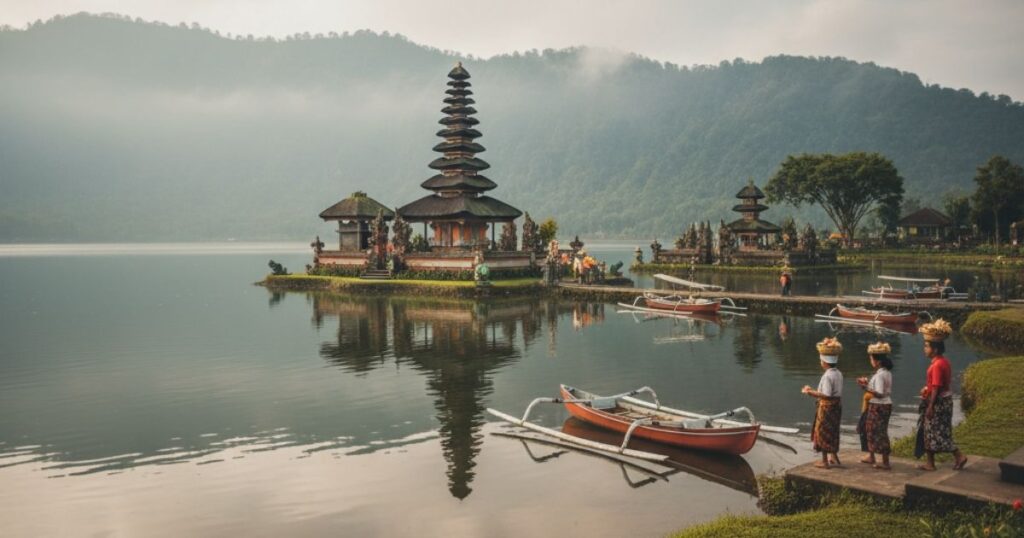
Bali is predominantly Hindu, with over 80% of its population practicing a form of Balinese Hinduism. Temples play a vital role in community and family life, acting as places of worship, prayer, and ritual ceremonies.
Unlike in many parts of the world, where temples are visited occasionally, in Bali they are integral to everyday life. Villages usually have three main temples:
- Pura Puseh – dedicated to the village founders.
- Pura Desa – dedicated to Brahma, the protector.
- Pura Dalem – dedicated to Shiva, the destroyer.
In addition, Bali has thousands of regional and state temples, each with its own spiritual significance.
Top Bali Temples to Visit
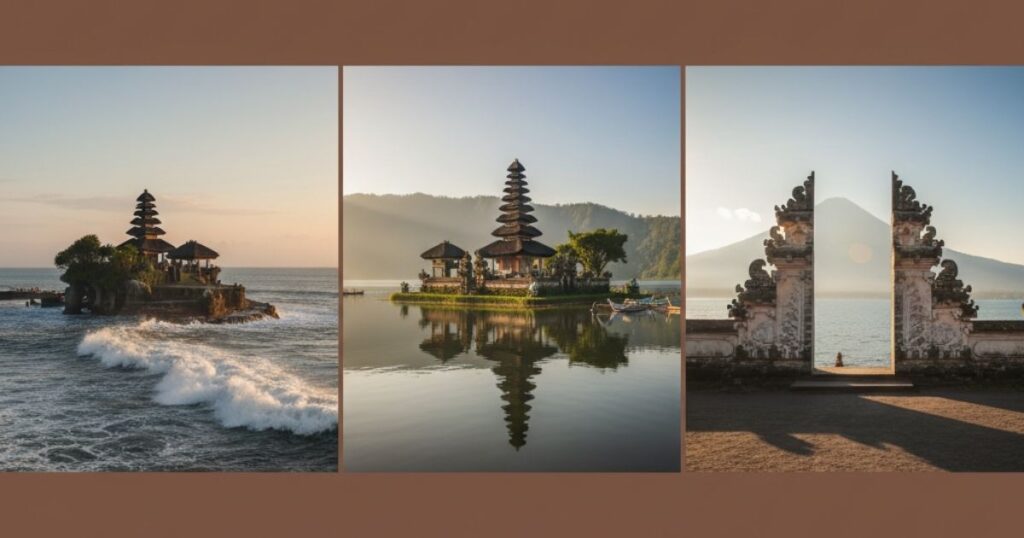
1. Tanah Lot Temple
Perhaps the most iconic temple in Bali, Tanah Lot sits dramatically on a rocky outcrop in the sea. Known for its breathtaking sunsets, it is one of the island’s most photographed landmarks.
- Built in the 16th century by Dang Hyang Nirartha, a Hindu priest.
- Dedicated to sea gods who protect fishermen and sailors.
- Best visited during sunset for stunning views.
Travel Tip: At high tide, the temple becomes completely surrounded by water, making it even more magical.
2. Uluwatu Temple
Located on a high cliff about 70 meters above the Indian Ocean, Uluwatu Temple is both a spiritual and scenic attraction. It is dedicated to the sea gods and plays an important role in protecting Bali from evil spirits.
- Famous for its Kecak fire dance performances during sunset.
- Offers panoramic ocean views.
- Home to monkeys believed to guard the temple from evil.
Travel Tip: Keep an eye on your belongings—monkeys here are notorious for snatching sunglasses and phones!
3. Besakih Temple
Known as the “Mother Temple” of Bali, Besakih Temple is the largest and holiest temple complex on the island. Situated on the slopes of Mount Agung, Bali’s highest volcano, it consists of over 80 individual temples.
- Central to Balinese spiritual life.
- Dedicated to the Hindu trinity: Brahma, Vishnu, and Shiva.
- Hosts many major religious ceremonies throughout the year.
Travel Tip: Because of its spiritual significance, visitors should dress respectfully, wearing a sarong and sash, often provided at the entrance.
4. Ulun Danu Beratan Temple
Set on the shores of Lake Bratan in central Bali, Ulun Danu Beratan is one of the most picturesque temples on the island. Its reflection in the calm waters, surrounded by mountains, creates a postcard-perfect view.
- Built in the 17th century to honor Dewi Danu, the goddess of water.
- Plays an important role in irrigation rituals.
- Popular with photographers due to its serene setting.
Travel Tip: Visit early in the morning to avoid crowds and enjoy a peaceful atmosphere.
5. Tirta Empul Temple
Famous for its holy spring water, Tirta Empul is one of Bali’s most sacred water temples. Visitors can witness locals and tourists alike taking part in purification rituals.
- Established in 962 AD during the Warmadewa dynasty.
- Features a large pool fed by holy springs.
- Believed to cleanse the soul and bring blessings.
Travel Tip: If you want to participate in the ritual, wear appropriate attire and follow the local customs.
6. Goa Gajah (Elephant Cave)
A historical and spiritual site, Goa Gajah dates back to the 9th century. The entrance is carved into a rock face, resembling a demon’s mouth.
- Used as a meditation site.
- Contains both Hindu and Buddhist elements.
- Surrounded by bathing pools and ancient carvings.
Travel Tip: The site requires walking down stone steps, so wear comfortable shoes.
7. Lempuyang Temple
One of Bali’s most photographed temples, Lempuyang Temple is famous for the “Gates of Heaven”, a split gate framing Mount Agung in the background.
- Considered one of the oldest temples in Bali.
- Part of a series of temples stretching up the slopes of Mount Lempuyang.
- Requires a climb of over 1,700 steps to reach the main temple.
Travel Tip: Arrive early in the morning to avoid long queues for photos.
Temple Etiquette in Bali
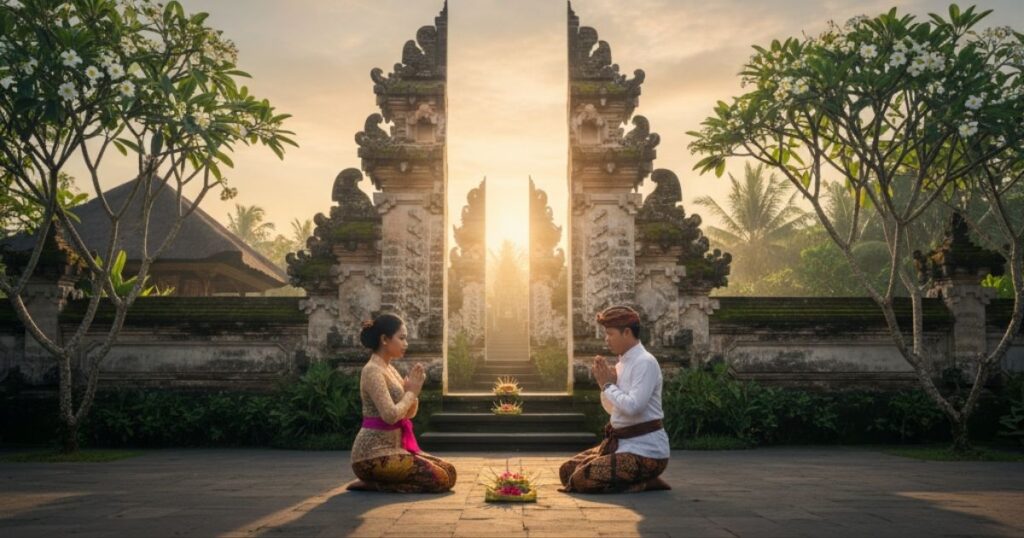
When visiting Bali’s temples, respect for local culture is very important. Here are some guidelines:
- Dress Modestly: Wear a sarong and sash (often provided at the entrance).
- Respect Ceremonies: Do not interrupt rituals or block processions for photos.
- No Entry During Menstruation: According to tradition, women are not permitted inside temples during menstruation.
- Photography: Always ask before photographing people.
Best Time to Visit Bali Temples
The best time to visit Bali’s temples is during the dry season (April to October) when the weather is sunny and less humid. Temples are especially beautiful during sunrise or sunset.
Festivals like Galungan and Kuningan offer a chance to witness colorful ceremonies with music, offerings, and traditional dance.
Why Visiting Bali Temples is Special
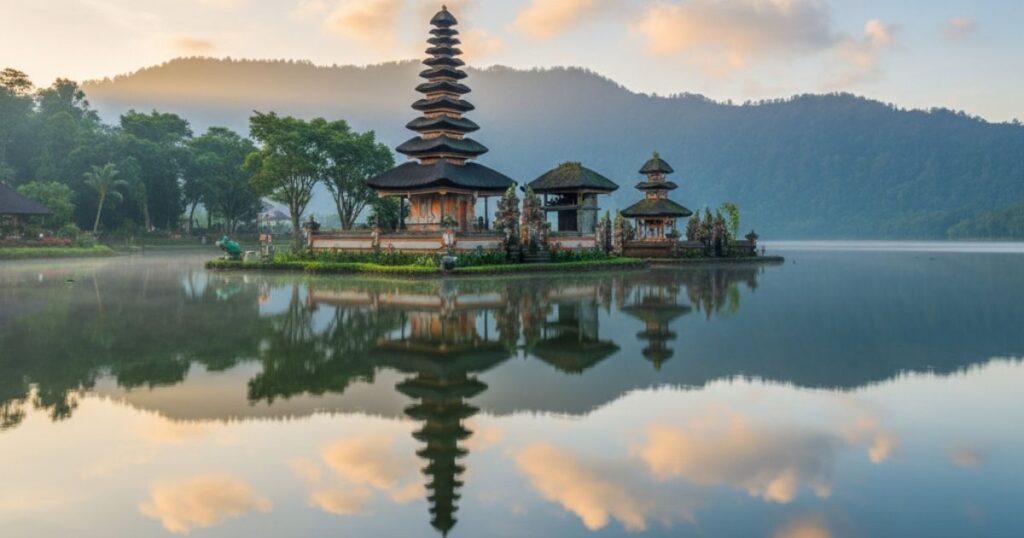
Bali’s temples are more than just tourist attractions—they are living places of worship that reflect the island’s spiritual depth, history, and artistry. Visiting these temples allows travelers to:
- Connect with Bali’s cultural heritage.
- Experience sacred rituals and ceremonies.
- Witness breathtaking landscapes combined with ancient architecture.
Conclusion
From the clifftop Uluwatu Temple to the lake-front Ulun Danu Beratan, the temples of Bali are gateways to both spiritual reflection and natural beauty. They offer visitors not only stunning views but also a chance to experience the essence of Balinese Hinduism and cultural traditions.
Whether you are seeking photography spots, cultural immersion, or spiritual connection, exploring the best Bali temples to visit is an unforgettable journey that highlights why Bali is truly the Island of the Gods.
